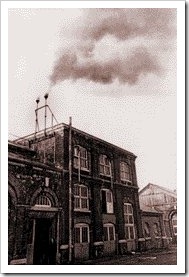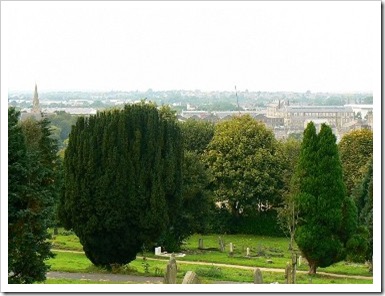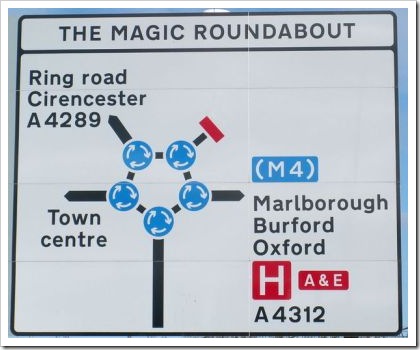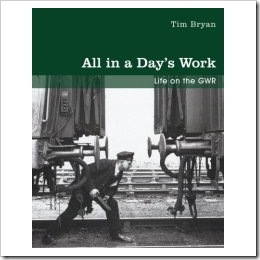Saturday 25 March, 2011 was the 25th anniversary of the closing of the Railway Workshops in Swindon. Over night 1,100 workers were out of work, and 143 years of railway history came to an end. No more would the works hooter mark the time throughout the town, no-one would be going back “inside” again.
It seems to be a little marked date on the internet, the “Mayor’s Memories 25 Years On” on SwindonWeb is the best that I have seen so far. There were also two little mentions on the Swindon Advertiser website: “The day the hooter sounded for the final time” and “Send us your memories of the railway works”.
I guess there is little to celebrate, but it is worth commemorating. Swindon Railway Workshop – Gone With Regret.




Swindon Twinned with …
…Walt Disney World [^], in Florida.
Is it just me or is everyone else wondering why?
I thought that the twinned towns [^] were supposed to have some similarities. It’s hard to see the connection between a American tourist attraction and the former railway town. It seems that the link is a poem by Rebecca Warren [^] comparing the Magic Roundabout [^] with the Disney’s spinning teacup ride.
To further confuse newcomers the roundabout complex will feature a sign proclaiming the twinning with the Magic Kingdom.
Magic Roundabout, Swindon